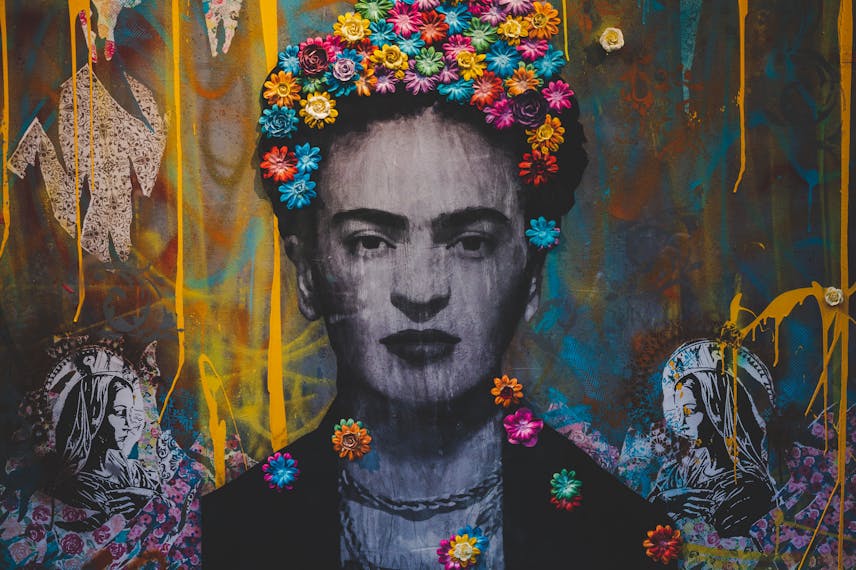If you’re an aspiring musician looking to delve into the soothing universe of LOFI music, creating lofi beats can be a rewarding and relaxing experience. This genre, known for its mellow and nostalgic soundscapes, has gained a substantial following for its ability to provide a calming backdrop to studying, relaxing, or simply unwinding after a long day.
Understanding the Essence of Lofi Music
Before you begin creating lofi beats, it’s essential to understand what sets this genre apart. Lofi, short for low fidelity, is characterized by its imperfect, ‘homemade’ quality, often featuring background noises, vinyl crackles, and a warm, analog feel. This imperfection is not just accepted; it’s celebrated, making lofi beats uniquely approachable for producers at all levels.
Getting Started with Your Setup
To start producing lofi beats, you don’t need an elaborate studio. A simple home setup with a computer, a DAW (Digital Audio Workstation), and a MIDI keyboard can suffice. Many lofi producers also use samplers and analog instruments to add authenticity to their sound.
Choosing the Right DAW
Your choice of DAW is pivotal in the beat-making process. Popular options like FL Studio, Ableton Live, and Logic Pro offer a range of tools and plugins suited for lofi production. Free DAWs like Audacity or Garageband can also be great starting points for beginners.
Sampling: The Heart of Lofi Beats
Sampling is a cornerstone of lofi hip-hop. Digging for old jazz, soul, or funk records and extracting snippets to create something new is a common practice. However, make sure to clear any samples you use to avoid copyright issues. Alternatively, royalty-free samples are widely available and can provide a hassle-free starting point.
Creating Your Drum Patterns
Lofi beats often feature laid-back, off-kilter drum patterns that contribute to the genre’s relaxed vibe. Start with a simple kick-snare pattern and add hi-hats, percussion, and vinyl crackles for texture. Swing and groove are your friends here, as they’ll give your beats the signature lofi ‘lazy’ feel.
Adding Melodic Elements and Bass
Once your drum track is laid down, it’s time to add melodic elements. Chords played on electric pianos, warm pads, and mellow synth lines are all staples of the genre. For bass, a sub-heavy yet soft bassline can anchor your beat while maintaining the overall chilled-out mood.
Effects and Processing
Effects like reverb, delay, and lo-fi plugins can help to dirty up the sound, making it feel more vintage and less polished. EQ and compression will also play a role in ensuring your beat has the right balance and warmth.
The Art of Mixing and Mastering
Mixing and mastering lofi beats is about finding the right balance between elements and ensuring that the ‘imperfections’ are intentional, not accidental. Your mix should be clean but not too crisp, maintaining the cozy warmth that defines the genre.
Releasing Your Lofi Beats
Once you’re satisfied with your creation, platforms like Soundcloud, YouTube, and Spotify are great for sharing your lofi beats. You can also consider creating visuals or animations to accompany your beats, as the aesthetic component is a significant part of the lofi culture.
Creating lofi beats is as much about the vibe as it is about the technique. With practice and experimentation, you can develop your own unique sound within this beloved genre. Embrace the imperfections and let your creativity flow.
